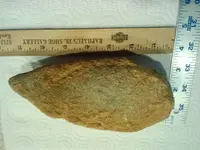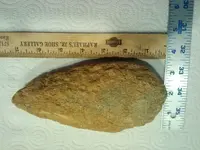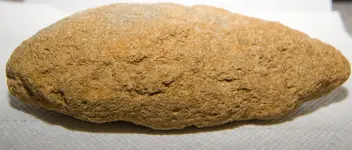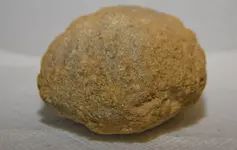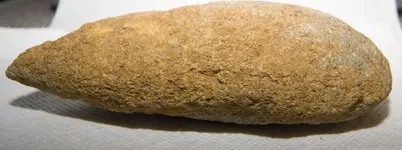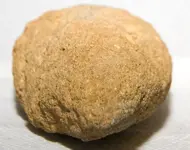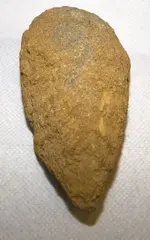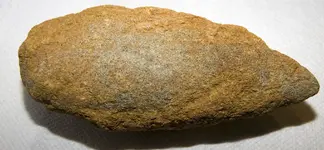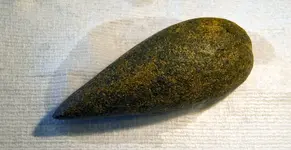davewil58
Tenderfoot
- Joined
- Mar 24, 2013
- Messages
- 5
- Reaction score
- 0
- Golden Thread
- 0
- Primary Interest:
- All Treasure Hunting
Hi All,
I grew up in central Virginia outside of Charlottesville. My parents had about 90 acres of land and every summer they would plant a vegetable garden. I remember that we would always find an arrowhead or two. We knew that there had been Native American activity there. Several eyars before she passed away, my mother found what she was convinced was an artifact. I'm not so sure.
Top is shown on left, bottom on right.. What do people think? I took these with my phone. I can take higher resolution with my digital SLR. Thanks
I grew up in central Virginia outside of Charlottesville. My parents had about 90 acres of land and every summer they would plant a vegetable garden. I remember that we would always find an arrowhead or two. We knew that there had been Native American activity there. Several eyars before she passed away, my mother found what she was convinced was an artifact. I'm not so sure.
Top is shown on left, bottom on right.. What do people think? I took these with my phone. I can take higher resolution with my digital SLR. Thanks
Attachments
Upvote
0



